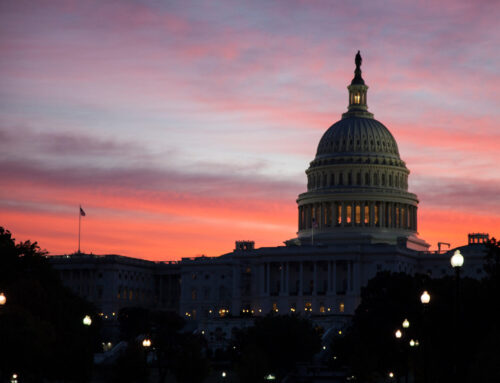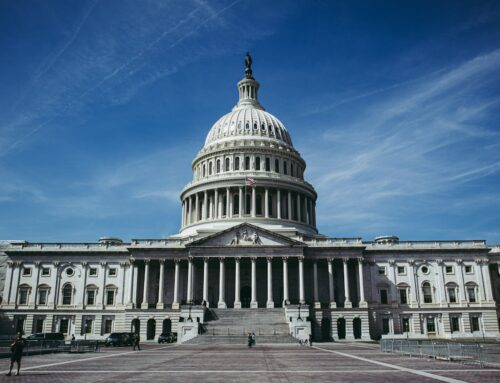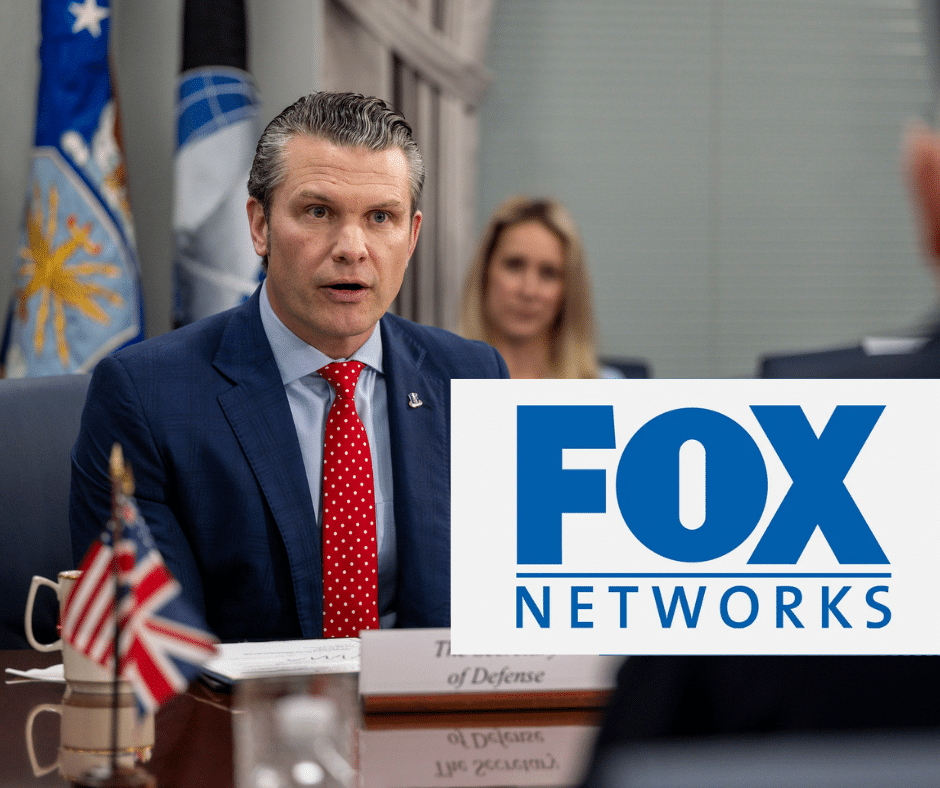In recent weeks there have been a series of closed door meetings here in Washington that could have long term consequences for taxpayers. Okay, that’s not uncommon. But what is uncommon is that these meetings of the national deficit and debt commission could actually be beneficial for taxpayers.
It’s pretty easy to see why we need to do something. We are staring at a potential $1.5 trillion budget deficit this year and adding nearly $10 trillion to the debt over the next ten years . That would bring our debt to a staggering $23 trillion by 2020. Equally staggering is the fact that we will go from paying a little over $200 billion in 2010 in net interest to service the nation’s credit card to more than $900 billion in 2020, paying $5.6 trillion in net interest over those ten years to maintain our profligate ways. We have to figure out ways to bring revenue and spending in line before we drown in red ink.
The bi-partisan National Commission on Fiscal Responsibility and Reform was established by the President back in February to come up with medium and long term fiscal solutions that will help manage the yawning budget deficit and burgeoning debt our nation is facing. Led by Erskine Bowles (former Chief of Staff to President Clinton) and former Sen. Alan Simpson (R-WY), the panel consists of 18 members appointed by the White House and congressional leaders of both parties and is supposed to report back in December – conveniently after the November elections.
The idea is that this commission will come up with the painful but necessary solutions to put the nation’s treasury on a more fiscally responsible path. For any recommendation to be forwarded, 14 of the panel members have to support it. Unlike the system under legislative proposals that couldn’t get out of the Senate, Congress will not be forced to vote on the recommendations, but congressional leadership in both chambers has promised to bring the recommendations to a vote.
The commission has created three subcommittees tasked with developing proposals to the rest of the group: discretionary spending, mandatory spending, and tax reform. And not surprisingly the various vested interests have their long knives out for any proposal that would gore their particular ox.
This is exactly why the commission has to take on all comers. They cannot afford to worship at the altar of any sacred cows, whether it is Social Security, Medicare, national security spending, agriculture payments or popular tax expenditures .
Shared sacrifice is the only way to begin to bridge the yawning budget gap. People tend to either blame discretionary spending ( defense spending is the largest single item in the federal budget) or mandatory spending like Social Security and Medicare, with their automatic increases for future budget deficits projections, but the truth is both are big problem – as are the inefficient tax system and the often overlooked but increasingly costly tax expenditures .
The Congressional Budget Office estimates that under the President’s FY11 budget request, discretionary spending will grow a little over a $100 billion from FY10 to FY20 – from $1.375 trillion to $1.487 trillion. Over the same period mandatory spending will grow $1.2 trillion – from $2.034 trillion in FY10 to $3.067 trillion in FY20. According to the Office of Management and Budget, we will also “spend” (or forgo tax revenue) to the tune of $1.1 trillion this year and will grow to $1.6 trillion by 2015. We have to tackle them all, but clearly you have to go where the money is and that is mandatory spending and revenue raisers.
Too often in Washington, parochial interests trump smart, but painful decisions. If we are going to begin to bridge the budget deficit gap and avoid some of the long term debt pitfalls that bedevil other parts of the world, we need this commission to concentrate on taking care of the taxpayers of tomorrow rather than the politics of today.










